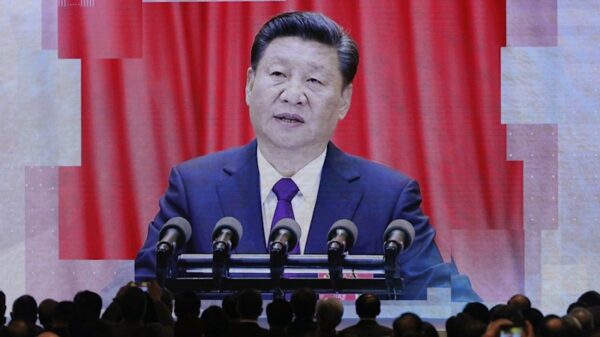Energy systems, comprising various power generators, distribution technologies, and end-users, face significant challenges in long-term planning due to their inherent complexity. A recent study introduces a new modeling method aimed at enhancing the efficiency of these systems, providing crucial insights for policymakers. This advancement is particularly relevant as the world navigates uncertainties in energy supply and demand.
The research, led by Anderson de Queiroz, an associate professor at North Carolina State University (NC State), focuses on optimizing energy systems through a framework that improves computational modeling. The findings are detailed in the paper titled “A framework for global sensitivity analysis in long-term energy systems planning using optimal transport,” published openly in the journal Energy.
Understanding Energy Systems and Their Planning
An energy system can be described as the entire supply chain responsible for delivering energy to various sectors, including residential, commercial, and industrial users. It encompasses resources such as wind, solar, coal, and natural gas, alongside conversion technologies like turbines and photovoltaic panels, transmission networks, and energy storage solutions.
De Queiroz explains that effective energy system planning involves determining what to build, when, and where, as well as how to operate these systems to meet society’s energy needs reliably and sustainably. The optimization models employed in this field help identify cost-effective pathways for building and maintaining these systems, while adhering to regulatory constraints.
The study applies a sensitivity-analysis framework to existing energy optimization models. De Queiroz points out that long-term planning models often rely on uncertain inputs, including future technology costs and policy changes, which complicates decision-making. The newly developed framework allows decision-makers to identify the most impactful variables, enabling a more focused approach to energy planning.
Implications for Policymakers and Future Research
The significance of this research lies in its potential to improve the practical utility of energy optimization models. De Queiroz highlights three key benefits:
1. **Enhanced Scenario Design**: By pinpointing crucial variables, analysts can create more targeted scenarios that focus on the most influential factors affecting outcomes.
2. **Targeted Data Collection**: Understanding which variables dominate risks allows for better data collection efforts and more detailed industry forecasts.
3. **Increased Transparency**: Improved clarity in explaining model findings to non-experts fosters trust in both the models and the strategies derived from them.
While the study examines energy systems on a global scale, it also includes a focused analysis of Italy. This choice was motivated by Italy’s diverse energy resources and ambitious policy targets, making it an ideal case study for demonstrating the proposed modeling approach. Collaborating with the Polytechnic University of Turin, de Queiroz and his team analyzed Italy’s energy system using the TEMOA model, developed at NC State.
Given the energy challenges Italy faced in 2023, particularly concerning its natural gas supply from Russia, this case study provided valuable insights into designing effective energy strategies amid uncertainty.
De Queiroz asserts that the framework is adaptable to various contexts, including other countries and regions, allowing for broader application in energy systems planning.
Future directions for this research include utilizing insights from the sensitivity analysis to develop robust strategies for energy systems. By understanding which inputs significantly influence costs and emissions, planners can create resilient portfolios that remain effective despite unforeseen changes in circumstances.
Additionally, integrating this modeling approach with machine learning techniques could enhance computational efficiency, enabling analysts to explore a wider range of uncertain scenarios more rapidly. This combination promises to advance the field of energy systems planning significantly, ensuring that it meets the evolving needs of societies worldwide.






























































